Sydney fire haze equal to ‘smoking 32 cigarettes’
An expert estimates breathing in the Sydney fire haze is the same as smoking a ridiculous number of cigarettes, and could trigger major health problems.
Illness
Don't miss out on the headlines from Illness. Followed categories will be added to My News.
A respiratory diseases expert has estimated the effect on your lungs of inhaling Sydney’s current fire haze is the equivalent of smoking 32 cigarettes.
And hazardous chemicals in the smoke could adversely affect the babies of pregnant women or cause heart attacks in people with underlying cardiac conditions.
Associate Professor Brian Oliver has analysed the levels of smoke-related particulate, or soot, pollution since the acrid-tasting air from the state’s bushfires moved over the city this week.
Dr Oliver, a University of Technology respiratory diseases scientist, says the current air quality conditions are “as bad as they get”.
He has analysed the latest smoke particle pollution – called PM2.5 – reading from the NSW Department of Environment.
Compared with a normal reading of between five and eight, it was a whopping 641 on Thursday, which Oliver says is the equivalent of spending the day smoking 32 cigarettes.
On Tuesday, greater Sydney’s highest-polluted areas clocked a reading of 734, the equivalent of lighting up 40 cigarettes.
And even short-term exposure to the bushfire smoke can be worse than a daily smoking habit for certain people inhaling the hazardous components.
Prolonged exposure for pregnant women for, say, a month in an area where bushfires have been continually burning could allow dangerous chemicals to enter their unborn baby's bloodstream.
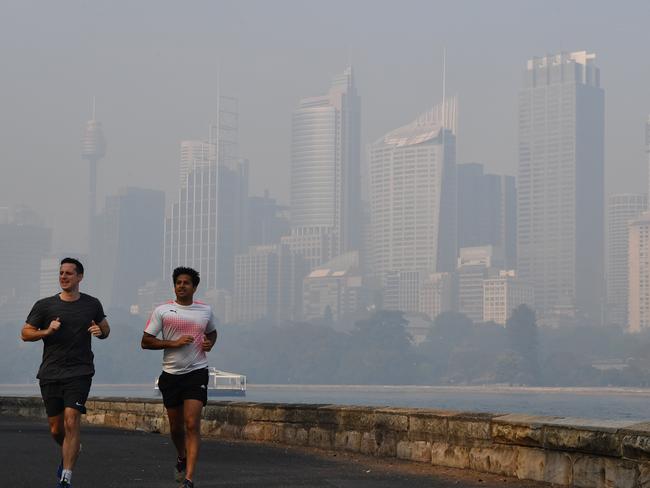

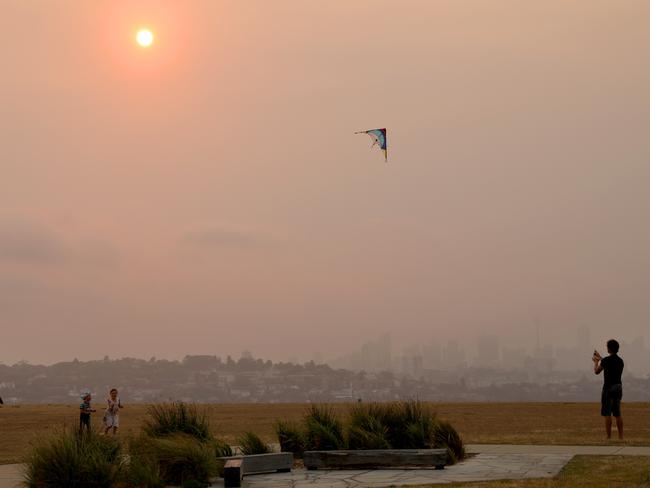
Walking out into and inhaling the current pollution could cause heart inflammation and trigger a cardiac arrest, Dr Oliver said.
“I don’t want to alarm anyone, and with pregnant women they would have to be exposed for a prolonged period,” he told news.com.au.
“There is a peat fire in Northern NSW, in Port Macquarie, those people have had prolonged exposure.
“What we breathe in are subparticles, little carbon spheres with nasty chemicals on the surface.
“If you were going to have a heart attack and hadn’t had it yet, this might push you over the edge.”
Dr Oliver, who also works for the highly respected Woolcock Institute of Respiratory Medicine, says in the absence of bushfires, Australia has “probably the cleanest air in the world”.
He is waiting for a chemical analysis of the soot particles currently in the air, but he said they would carry “poly aromatic hydrocarbons … associated with the development of cancer”.
The PM2.5 measure of these particles was the highest on Tuesday in areas in the direct path of the bushfire smoke blown by the wind.
He said while daily cigarette smoking had long-term consequences that the fire haze did not, it could cause acute problems.
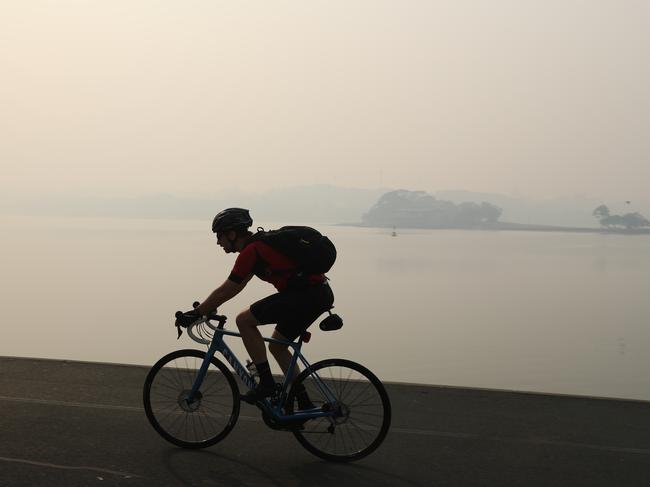

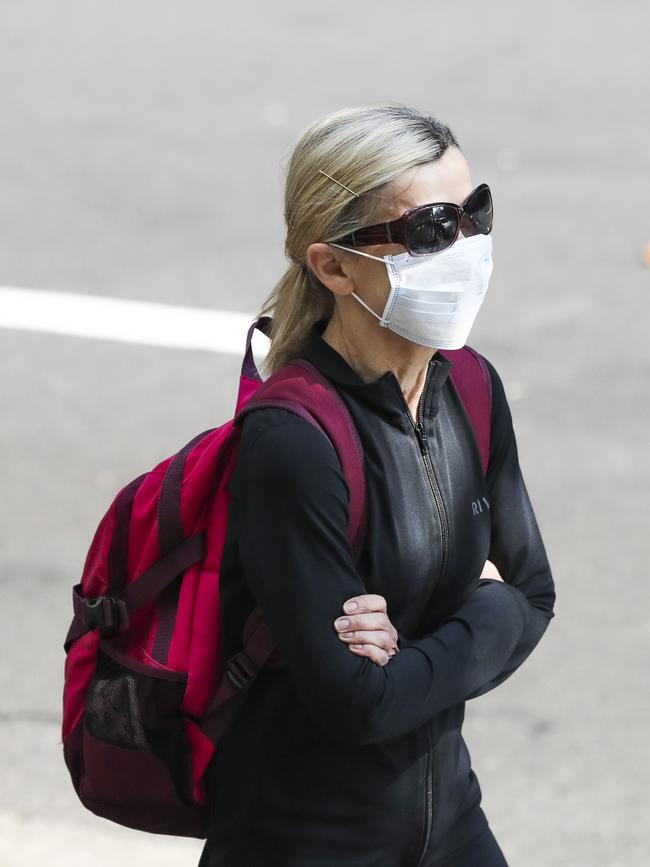
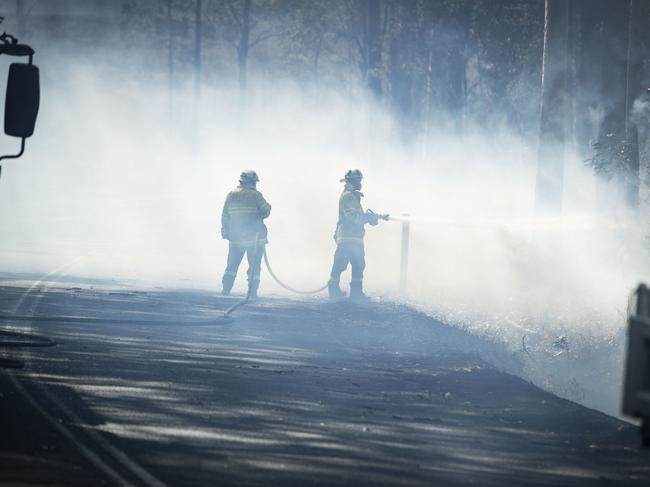
“There are lots of gaseous components in the soot, and the very small particles we inhale can reach the air sacs in our lungs and penetrate into our organs,” Dr Oliver said.
“The general response is inflammation, but if you have a pre-existing lung or cardiovascular condition, the fire produces something which causes inflammation which tips you over the edge.”
He said more people were presenting to hospitals with symptoms, and new research this year had proved that the placenta did not protect a foetus from absorbing the particles.
“As I said, it would have to be prolonged exposure, but some of these fires have been burning for a month,” Dr Oliver said.
He said the birth weights of children born in China before the Beijing Olympics, when China cleaned up its air pollution, were lower, and children born since were bigger.
He advised people with health concerns to stay inside airconditioned homes.
Wearing a mask was “better than nothing” but cheap masks were largely ineffective.
“You need a properly fitted mask with no holes,” he said. “You’d need to spend $30 or $40.”
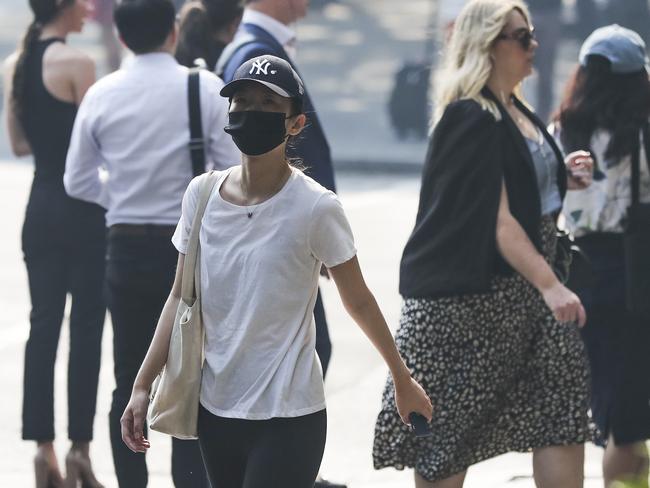


The hazy conditions are set to stay around for days, as more than 60 blazes continued to burn across NSW on Friday.
The Bureau of Meteorology forecast is for poor air quality continuing into the weekend, and a very high fire danger is widespread across the state.
Greater Sydney is at “high” fire danger but is also grappling with heavy smoke blanketing the city from the nearby Gospers Mountain fire in the Hawkesbury, which has burned through more than 170,000 hectares, AAP reports.
A dust storm coming in from South Australia will also reduce visibility.
The RFS said haze around Sydney would dissipate throughout the day but NSW air quality indexes on Friday morning deemed Sydney’s northwest and southwest regions “hazardous” for air pollution.
“Once again over the weekend, because of north-easterly winds, we could actually see that smoke come in again,” RFS spokesperson Ben Shepherd told the Seven Network on Friday morning.
“Until such time that we get a big clearing event, we’re going to have this smoke settling over Sydney each and every morning.”
Originally published as Sydney fire haze equal to ‘smoking 32 cigarettes’

